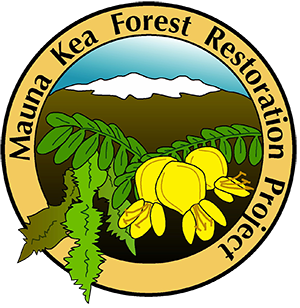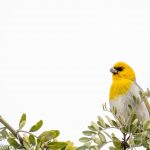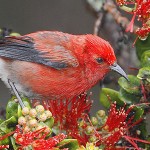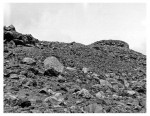
A forest like no other
 Take a journey through Mauna Kea’s high-elevation dry forest. High above tropical rain clouds, this forest has adapted to an extremely dry and cold climate normally found on continents. You will see plants and animals found nowhere else in the world as you explore this special place.
Take a journey through Mauna Kea’s high-elevation dry forest. High above tropical rain clouds, this forest has adapted to an extremely dry and cold climate normally found on continents. You will see plants and animals found nowhere else in the world as you explore this special place.
This forest is one of the last large tracts of dry forest left in Hawai‘i. While there are serious threats to this forest, restoration efforts are helping to protect this special home of a critically endangered bird, the palila.

Learn more... |
Their Only Home |
A Threatened Home |
A Living Legacy |
View Map_Palia Discovery Trail
Scan and Learn
Keep a look out for QR codes throughout the trail. Scan them with your smartphone and learn more about this special forest.
Palila (Loxioides bailleui)
Māmane (Sophora chrysophylla)
Naio (Myoporum sandwicense)
Carex (Carex wahuensis)
Pilo (Caprosma montana)
House finch (Haemorhous mexicanus)
Cape ivy (Delairea odorata)
‘Ūlei (Osteomeles anthyllidifolia)
Mauna Kea ‘Elepaio (Chasiempis sandwichensis bryani)
[‘Ilima (Sida falax)
‘A‘ali‘i (Dodonaea viscosa)
Mejiro, Japanese white-eye (Zosterops japonicus)
‘Akoko (Euphorbia olowaluana)
Eurasian boar (Sus scrofa)
Hawai‘i ‘Amakihi (Chlorodrepanis virens)
‘Iliahi (Santalum paniculatum)
‘Āweoweo (Chenopodium oahuense)
Mā‘ohi‘ohi, Hawaiian small-leaved mint (Stenogyne microphylla)
Hawaiian stinging nettle (Hesperocnide sandwicensis)
Haiamū ka manu i ka pua o ka māmane.
The birds gather about the māmane blossom.
—Mary Kawena Pukui, ‘Ōlelo No‘eau
Help protect our forests from Rapid ʻŌhiʻa Death and other invasive diseases and weeds
Before and After your trail use, please: Clean your gear (brush off all dirt from shoes and gear and spray with 70% rubbing alcohol), and clean your vehicle (remove all soil, and wash tires and undercarriage with detergent).
Rapid ʻŌhiʻa Death info.
Enjoy your hike!
The Palila Forest Discovery Trail is a one‑mile loop averaging 7,000 feet in elevation. This area receives about 20 inches of rain a year and can frost in the winter months.
Please, no smoking.
Note: 4x4 vehicle access only to trailhead.
Be Prepared
- Water
- Hiking shoes
- Rain gear
- Sunscreen
- Binoculars
- Camera
A diversity of life
Mauna Kea’s high-elevation dry forest is home to a diversity of plants and animals in an ecosystem unique to this mountain.
Native Plants
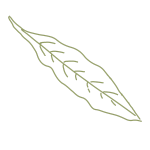
‘A‘ali‘i (Dodonaea viscosa)

Pilo (Coprosma montana)
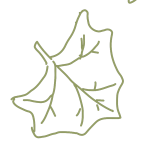
‘Āweoweo (Chenopodium oahuense)
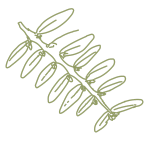
‘Akoko (Chamaesyce olowaluana)
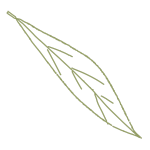
Naio (Myoporum sandwicense)

Māmane (Sophora chrysophylla >)
Native Birds
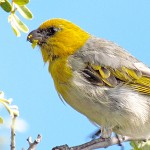
Palila (Loxioides bailleui)
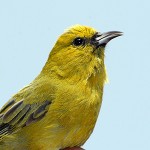
Hawai‘i ‘Amakihi (Chlorodrepanis virens)
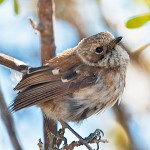
Hawai‘i ‘Elepaio (Chasiempis sandwichensis)
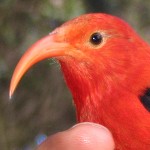
‘I‘iwi (Drepanis coccinea)

Pueo (Asio flammeus sandwichensis)
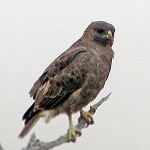
‘Io (Buteo solitarius)
Native insects
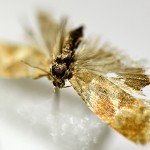
Māmane Cydia moth (Cydia plicata)
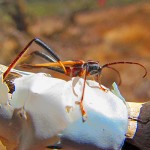
Māmane long-horned beetle (Plagithmysus blackburni)
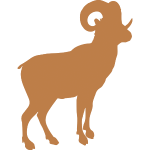
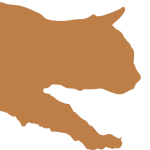

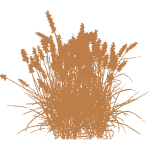

A threatened home
This remnant dry forest ecosystem is still facing constant threats today:
- sheep, cattle, and other browsing animals eat māmane seedlings and saplings as well as damage older trees;
- feral cats, rats, and mongooses injure and kill native birds, their nestlings, and nests;
- invasive plants compete with native species;
- fire destroys our native forests and its effects are exacerbated by invasive grasses; and
- climate change means longer and more frequent drought periods, limiting tree growth and food for native wildlife.
A revered forest
As part of the wao akua (or realm of the gods), this kuahea zone is dominated by old-growth māmane and naio trees. Birds such as the palila, ‘amakihi, and ‘elepaio flew about in this pristine environment, rarely visited by early Hawaiians.
The few who did travel through this forest were on their way to the summit to obtain valuable adze stones and to pay respects to the sacred summit region.
Today, the area’s special qualities can still be felt.
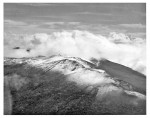
Aerial view of the summit of Mauna Kea blanketed with snow; a sign the snow goddess Poli‘ahu has returned.
